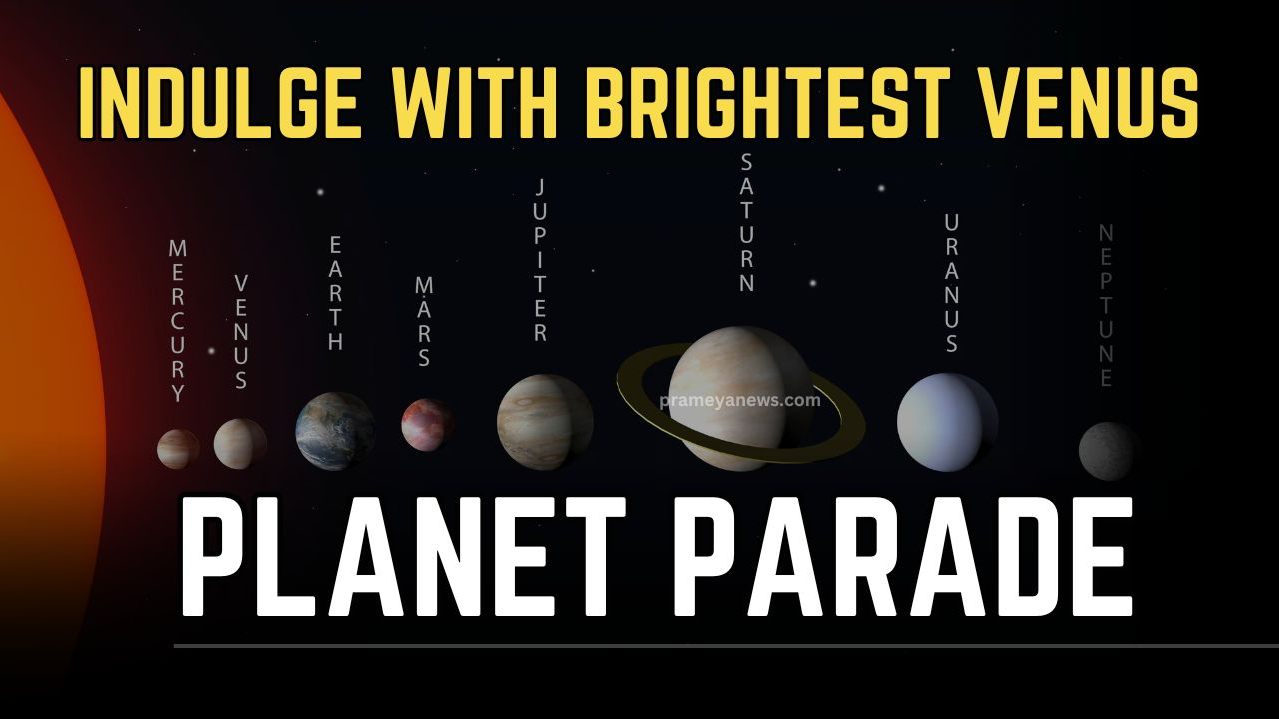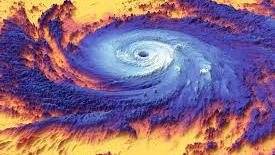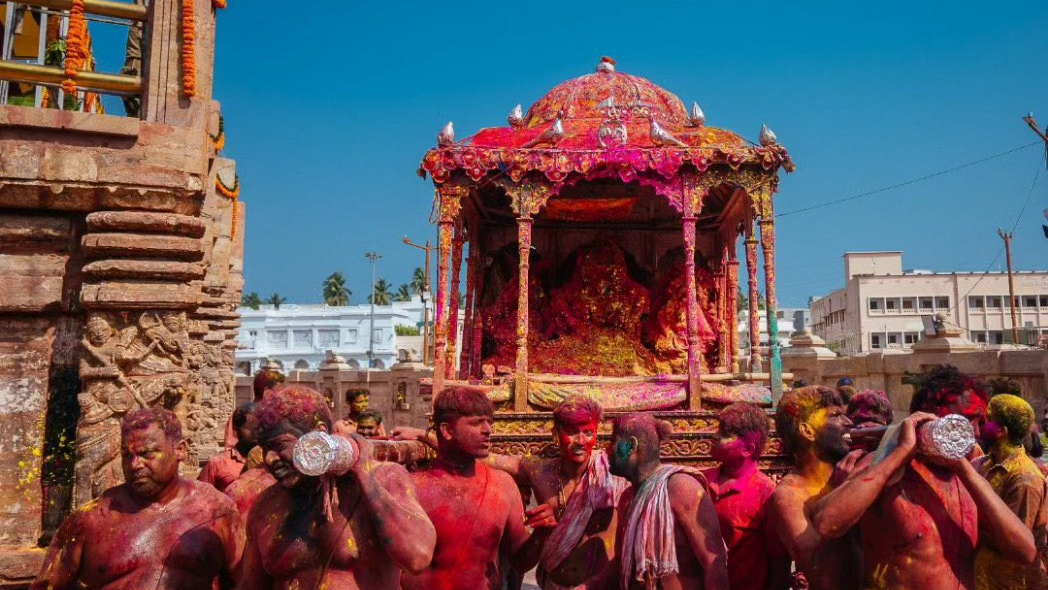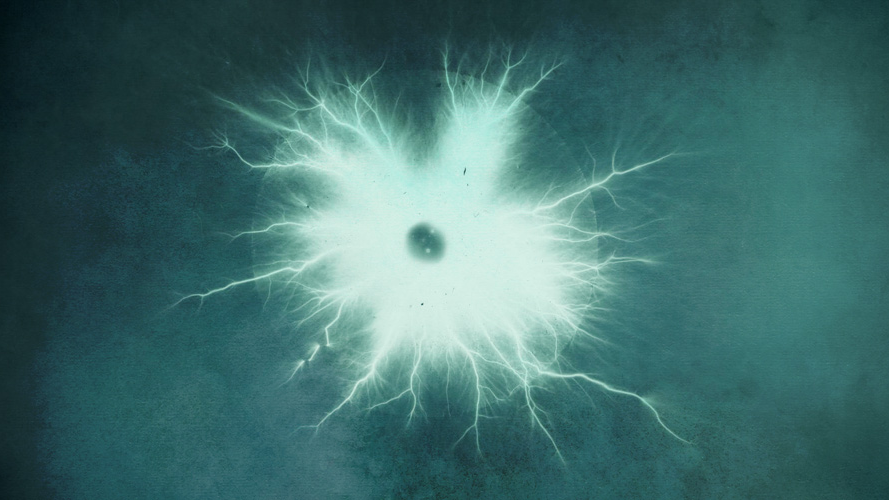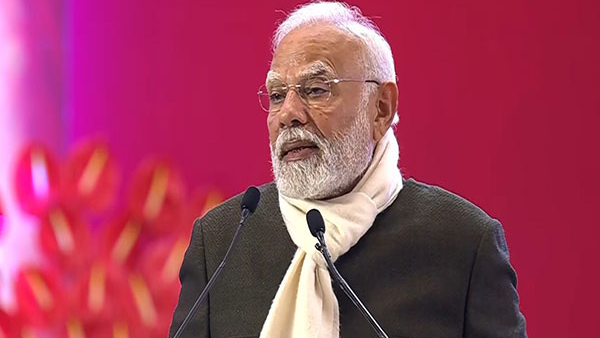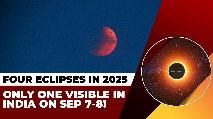Bhubaneswar: The month of February assumes significant for the connoisseurs of night sky watching. This month it will not be a starry and moonlit sky.
In Feb, planets also shine brightest, while participating in a celesteila parade.
In coming days, Moon will come close to Mars, and in some regions (USA), a lunar occultation of Mars will also be visible, where the Moon briefly passes in front of the planet.
Moon - Mars close-up moment event can be observed with the naked eye, but a telescope or binoculars will offer a better view of Mars disappearing and reappearing behind the Moon ( means Mars Occultation of Moon).
Only recently, world over, night sky watchers have witnessed a rare celestial moment.
On February 8, 9, the Alpha Centaurid meteor shower peaked, producing up to 10 meteors per hour. However, this shower was best observed in the Southern Hemisphere only.
Sky gazers in countries in southern hemisphere like Australia, Newzealand enjoyed the meteor shower at a dark location away from city lights after midnight, as they keep looking towards the constellation Centaurus to witness the rare celestial event.
INDIA is in the north hemisphere. The meteor shower visibility was not conspicuous here.
However, for night sky watchers in India, including Odisha, February has lined up the following top moments as follows:
HERE ARE THE TOP SKY GAZING MOMENTS
February 12: The Full Snow Moon, the second full moon of 2025, will illuminate the night sky. This is one of the brightest and easiest celestial events to observe, requiring no special equipment.
The moon is called snow moon because, Feb is considered as the month with peak snowfall. The Feb snow Moon will have stunning orange and red hues.
February 16: Venus will shine at its brightest in the evening sky, reaching a stunning magnitude of -4.9. Look for Venus in the western sky after sunset, where it will appear as the brightest planet visible.
BHUBANESWAR TIME: Venus viewing time 6 pm to 8:30pm
Night sky watchers can have a royal view of planet Mars during the whole night on this day.
February 26–28: Mercury will join the Great Planetary Parade, The best time to observe is shortly after sunset, with Venus and Jupiter being the most prominent. For spotting the fainter planets like Uranus and Neptune, the use binoculars or a telescope is very much necessary.
BHUBANESWAR TIME: from 6 pm - 6:40pm






